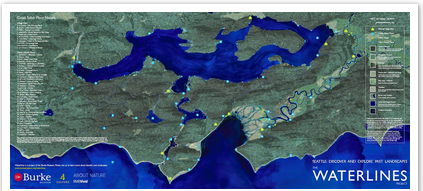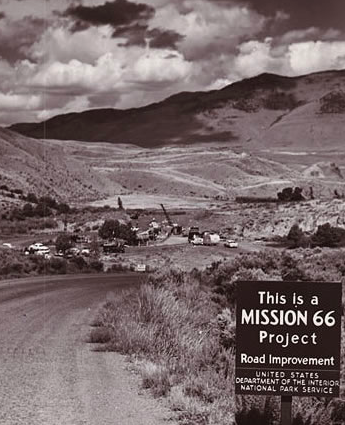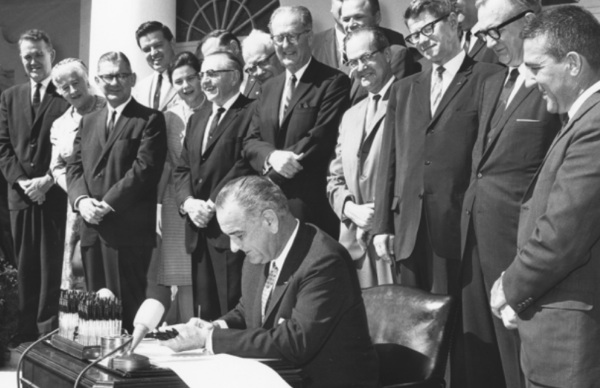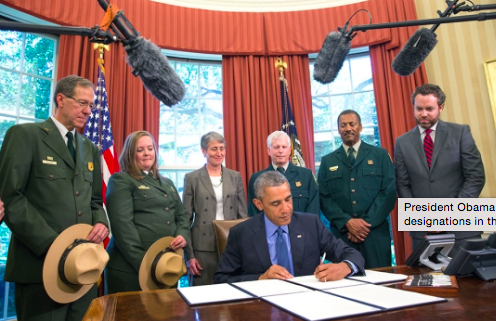To provide observations and information on the emerging fields of landscape scale conservation, heritage preservation, and sustainable community development.
Newsletter
Stay up-to-date with the latest nature, culture and community news.
We won’t spam you or share your information. Newsletters are sent approximately 10 times a year. Unsubscribe at any time.

Revealing a Lost Landscape
Urban areas have been and continue to be dramatically shaped by the intersection of human and non-human nature. Yet, these relationships are often hidden, with cities labeled as somehow unnatural or “less-than” areas where the influence of humans is perhaps not as visible. Recent work in Seattle seeks to challenges these narratives through the use of innovating mapping and artistic interpretation.

NPS and Anniversaries
In 2016, the National Park Service will celebrate its 100th anniversary. If you work for or with the NPS, this is probably old news. However, for those outside of conservation and preservation circles, the information may well come as a surprise. Coverage of the upcoming NPS centennial in popular media has been relatively scarce, with prominent sources like the New York Times, Washington Post and Los Angeles Times, for example, devoting little coverage to the Agency’s plans for the upcoming year. What, if anything, does this relative lack of attention reveal about the current and future state of the NPS as well as its many affiliated programs and partnerships?

Half-century Legacy of LWCF at Risk
In just about one month, the Land and Water Conservation Fund is set to expire, a deadline that threatens to halt one of the country’s most effective landscape protection initiatives. Recent weeks have brought news of progress towards a bi-partisan resolution, but until a bill passes Congress, the future remains uncertain. What was the context of the program’s passage in 1964 and how did members of the Johnson Administration view the bill?

New Monuments, Old Debates
On July 10, 2015, President Obama used his authority under the Antiquities Act to designate three new National Monuments – Berryessa Snow Mountain in California, Waco Mammoth in Texas, and Basin and Range in Nevada. With these new designations, the President will have used the Antiquities Act to establish or expand 19 national monuments. First used by President Theodore Roosevelt in 1906, the Antiquities Act remains one of the most important – and most controversial – tools by which the Executive Branch can take immediate action on pressing conservation and preservation priorities.
Economic Change and Park Policy
Political economy has long shaped park policy in the United States. Beginning in the late 19th century when the booming railroad business drove the designation of new National Parks to more recent shifts towards privately-funded public spaces, protected areas have always reflected the dominant economic ethos of an era. What can we learn about post World War II park-making by looking at the changing role of the state and the increasing mobility of capital during that time period?

Revealing a Lost Landscape
Urban areas have been and continue to be dramatically shaped by the intersection of human and non-human nature. Yet, these relationships are often hidden, with cities labeled as somehow unnatural or “less-than” areas where the influence of humans is perhaps not as visible. Recent work in Seattle seeks to challenges these narratives through the use of innovating mapping and artistic interpretation.

NPS and Anniversaries
In 2016, the National Park Service will celebrate its 100th anniversary. If you work for or with the NPS, this is probably old news. However, for those outside of conservation and preservation circles, the information may well come as a surprise. Coverage of the upcoming NPS centennial in popular media has been relatively scarce, with prominent sources like the New York Times, Washington Post and Los Angeles Times, for example, devoting little coverage to the Agency’s plans for the upcoming year. What, if anything, does this relative lack of attention reveal about the current and future state of the NPS as well as its many affiliated programs and partnerships?

Half-century Legacy of LWCF at Risk
In just about one month, the Land and Water Conservation Fund is set to expire, a deadline that threatens to halt one of the country’s most effective landscape protection initiatives. Recent weeks have brought news of progress towards a bi-partisan resolution, but until a bill passes Congress, the future remains uncertain. What was the context of the program’s passage in 1964 and how did members of the Johnson Administration view the bill?

New Monuments, Old Debates
On July 10, 2015, President Obama used his authority under the Antiquities Act to designate three new National Monuments – Berryessa Snow Mountain in California, Waco Mammoth in Texas, and Basin and Range in Nevada. With these new designations, the President will have used the Antiquities Act to establish or expand 19 national monuments. First used by President Theodore Roosevelt in 1906, the Antiquities Act remains one of the most important – and most controversial – tools by which the Executive Branch can take immediate action on pressing conservation and preservation priorities.
Economic Change and Park Policy
Political economy has long shaped park policy in the United States. Beginning in the late 19th century when the booming railroad business drove the designation of new National Parks to more recent shifts towards privately-funded public spaces, protected areas have always reflected the dominant economic ethos of an era. What can we learn about post World War II park-making by looking at the changing role of the state and the increasing mobility of capital during that time period?


